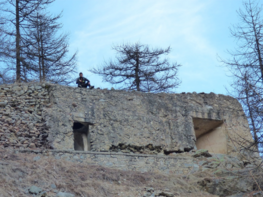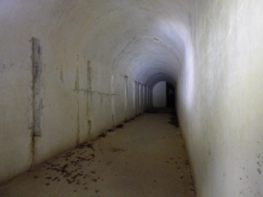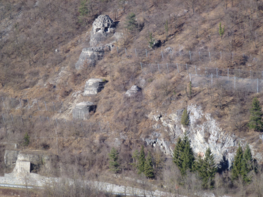The Stura Valley, as an important communication route with France, during the twenty years of Fascism saw the construction of numerous fortified defence works (bunkers) belonging to the Vallo Alpino del Littorio, also known briefly as the Vallo Alpino.
The upper valley fortifications (Becchi Rossi, vallone di Collalunga, Oserot etc.) were built from the early 1930s onwards in accordance with the provisions of the "Circolare 200", and underwent various works of improvement and increased efficiency until the beginning of the Second World War. The last barrages, built in the lower valley (Moiola, Valloriate) were only started when the conflict had already begun according to circular letter 15000, and in many cases were never completed or armed, stopping in some cases at just digging into the rock.
Before the Second World War, the defences were manned by units of the "GaF", the Frontier Guard Corps, specifically created to guard the fortifications, whose motto was "Of the sacred borders safe guard".
Nowadays, if you look around with an attentive eye, in almost the whole valley you are surrounded by these concrete domes, silent witnesses, now incorporated in the landscape, of a bloody past, not so far from our days.
THE LOWER VALLEY BARRIER - MOIOLA AND VALLORIATE
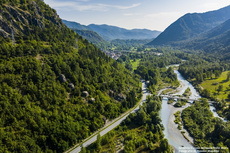
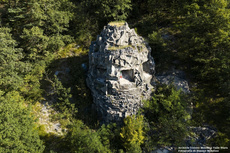
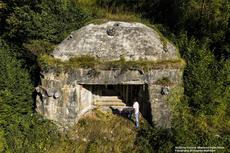
In the communes of Moiola and Valloriate there are several Opere built in the three-year period 1940-42.
Without doubt the most significant is Opera 5 (San Membotto) in the surroundings of San Membotto there are others (Opera 4, 4 bis, 4 ter, 5 bis, 6, 6 bis and 7) as well as on Colle di Valloriate (Opere 8 and 9).
Opera 5 San Membotto was a cave work on several levels, equipped with block and periscope observatories and had four entrances. Some parts of the work remained unfinished (gun emplacements) but it was still manned. It is one of the largest works in the Cuneo area. The mortar block is the only one built in the entire western Alpine arc. The staff barracks are located in front of the works.
VALLONE DI COLLALUNGA - SAN BERNOLFO (VINADIO)
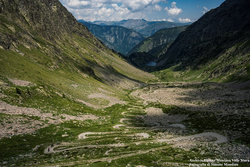
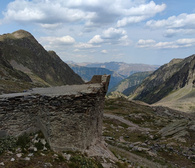
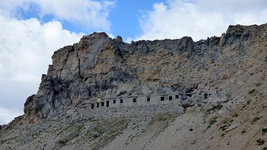
In the Vallone di Collalunga, near Lake San Bernolfo, there are several fortifications built in the late 1930s.
The most important are the works located at Lake San Bernolfo (Opera 12 e 13), the Ricovero Artiglieria and the Teleferica Lago di San Bernolfo – Collalunga.
The Artillery Shelter was a shelter for the storage of the four hundred cannons of the battery located on the northern summit of Lake San Bernolfo and a track reached the emplacements (now the botanical trail). Along the road, just upstream from the shelter, there was a hut for the artillerymen, which has been completely restored and has become the CAI De Alexandris Foches al Laus refuge.
The Lago San Bernolfo - Collalunga cable car was a cable car for transporting materials and supplies for the works in the Collalunga area, consisting of an upper drive station and a lower return station. Both were equipped with a staff shelter, workshop and warehouse.
THE BECCHI ROSSI – MURENZ, PIETRAPORZIO
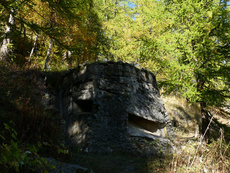
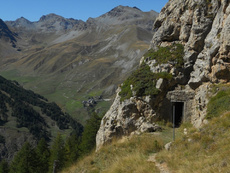
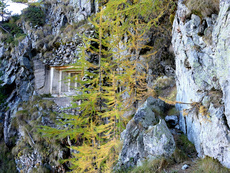
In the Becchi Rossi area there are fortifications built around the 1930s. The most important are the works located at the Becco Rosso (Opera 11, 12, 13, 14 and 15), the Murenz Observatory, the Cavernetta Ricovero A and the Cavern for Photoelectricity.
The Murenz Observatory was made of concrete with a large underground logistics area and had two entrances. It would have housed the headquarters of an Infantry Division and Frontier Guard troops in the event of war.
Cavernetta Ricovero A was a shelter for 10 to 15 men. It would have provided shelter during shelling for troops from an 81mm mortar battery deployed nearby.
The Caverna per Fotoelettrica was a shelter to house a photoelectric (transportable in the open air by decauville) with the task of illuminating the Ferrere valley to detect night attacks, but it was never used.
COLLE DELLA BANDIA E GARDETTA – COLLE VALCAVERA, SAMBUCO
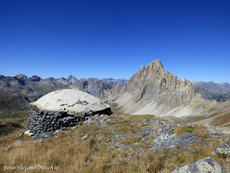
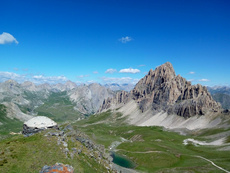
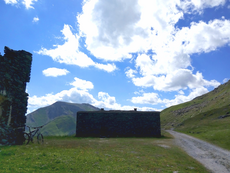
In the area around Colle della Bandia and Colle Valcavera Bandia there are several works, the oldest built at the end of the 19th and beginning of the 20th century and the most recent at the end of the 1930s.
The most significant are the works located on Colle Bandia (Opera 128, 131), the Ricoveri e Trune della Bandia while on Colle di Valcavera is the Casermetta e Trune di Valcavera.
The Ricoveri e Trune della Bandia is a complex of trunks that were largely replaced, later on, by a group of buildings that constituted a large military barracks capable of serving as a logistical base for mobile troops. A small part of these buildings was integrated, in 1939, into an ammunition depot, together with others, built further east towards the Colle di Valcavera and equipped with an enclosure wall.
The Casermetta e Trune di Valcavera is a complex of trunks and in 1939 a modern barracks for 200 men was built further down in the east.
For more information, buy the Fortifications Map!
http://www.visitstura.it/libri-in-vendita-e-consultazione/

